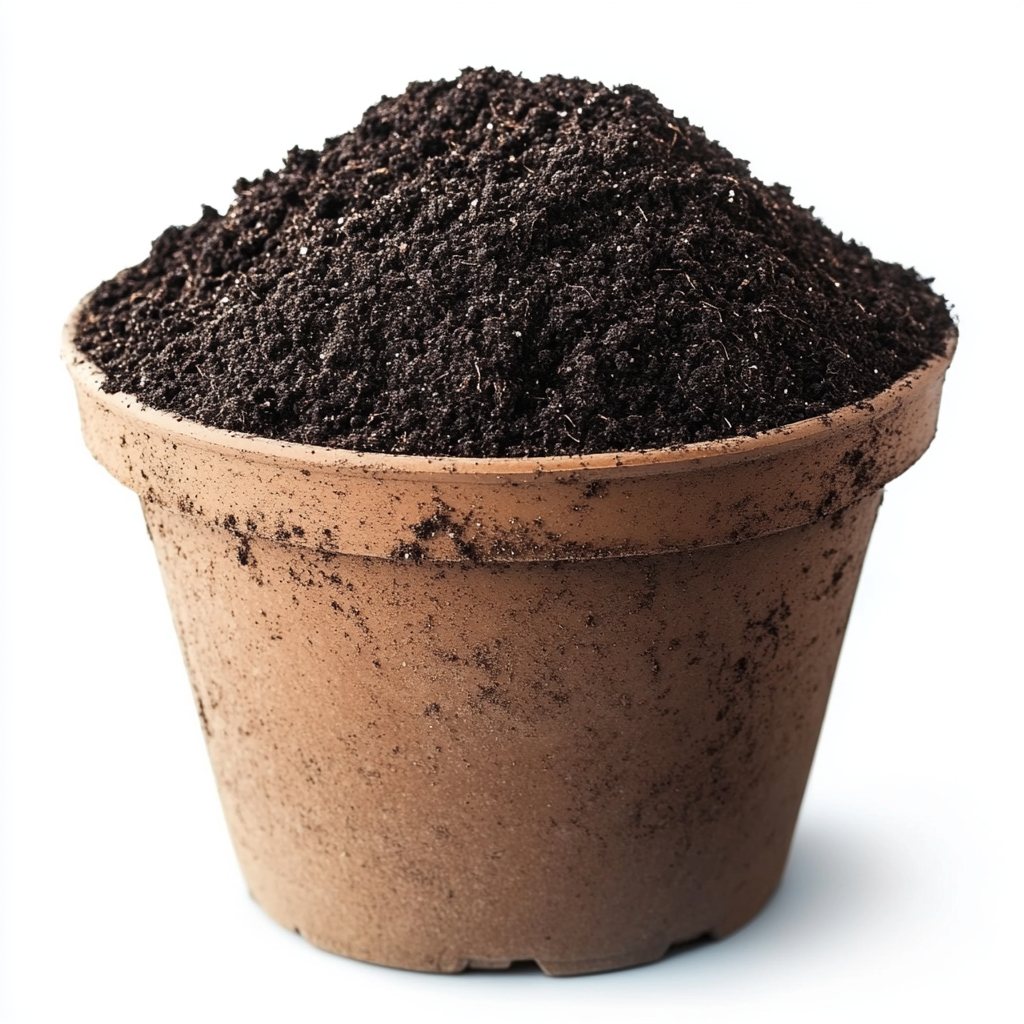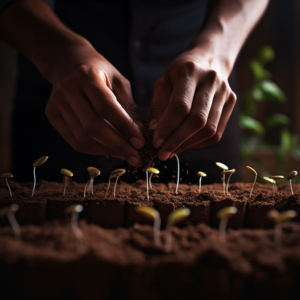A Comprehensive Guide to Soil Maintenance and Health for Growing CBG
Maintaining healthy soil is critical for cultivating high-quality CBG plants. The right soil composition ensures robust growth, optimal cannabinoid production, and sustainable farming practices. This guide will walk you through the essentials of soil maintenance and health for a successful CBG cultivation experience.


1. Understand Your Soil Type
Before planting, assess your soil to understand its type and characteristics. Common soil types include sandy, loamy, clay, and silty soils.- Loamy soil is ideal for CBG cultivation as it offers a balance of drainage, aeration, and nutrient retention.
- Perform a soil test to evaluate pH levels, nutrient content, and organic matter.
2. Optimize Soil pH
CBG plants thrive in slightly acidic to neutral soil, with a pH range of 6.0 to 7.5.- Adjusting pH:
- Use agricultural lime to raise pH (reduce acidity).
- Apply sulfur or acidic fertilizers to lower pH (reduce alkalinity).
- Test soil pH regularly, as CBG plants are sensitive to pH imbalances.
3. Enrich the Soil with Organic Matter
Organic matter improves soil structure, nutrient content, and water retention.- Compost: Add well-decomposed organic material to enrich soil fertility.
- Cover Crops: Plant cover crops like clover or vetch in off-seasons to replenish nitrogen and prevent erosion.
- Mulching: Use natural mulch to retain moisture, regulate temperature, and suppress weeds.
4. Balance Soil Nutrients
CBG plants require a balance of primary (N-P-K), secondary, and micronutrients for optimal growth.- Nitrogen (N): Encourages leafy growth; apply in moderation to prevent overgrowth.
- Phosphorus (P): Essential for root development and flower production.
- Potassium (K): Enhances plant resilience and cannabinoid synthesis.
- Micronutrients: Include magnesium, calcium, and iron to prevent deficiencies.
5. Improve Soil Drainage
CBG plants are sensitive to waterlogged conditions. Ensure proper drainage to prevent root rot and other diseases.- Incorporate sand or perlite into the soil to enhance aeration and drainage.
- Avoid compacting the soil by minimizing heavy equipment usage.
6. Rotate Crops
Crop rotation helps maintain soil fertility and prevents the buildup of pests and diseases.- Rotate CBG with nitrogen-fixing plants like legumes to replenish soil nutrients.
- Avoid planting related crops in consecutive seasons to reduce disease risks.
7. Manage Pests and Diseases Naturally
Healthy soil supports beneficial microorganisms that combat pests and diseases.- Introduce beneficial insects, such as ladybugs and nematodes, to control harmful pests.
- Use natural pest repellents like neem oil or garlic sprays.
- Maintain proper plant spacing to reduce the risk of fungal infections.
8. Monitor and Maintain Soil Moisture
Consistent moisture is crucial for CBG plant growth, but overwatering should be avoided.- Use drip irrigation or soaker hoses to deliver water directly to the root zone.
- Monitor soil moisture with a moisture meter or by observing the soil’s surface.
9. Test and Amend Regularly
Regular soil testing allows you to monitor changes in nutrient levels, pH, and organic matter.- Amend soil as needed based on test results.
- Use sustainable practices like composting and natural fertilizers to maintain long-term soil health.
10. Practice Sustainable Farming
Sustainability is key to maintaining soil health over time.- Minimize chemical inputs to protect beneficial soil organisms.
- Prevent soil erosion by planting windbreaks or using contour farming techniques.
- Implement no-till or low-till practices to preserve soil structure and reduce carbon loss.



Recent Comments